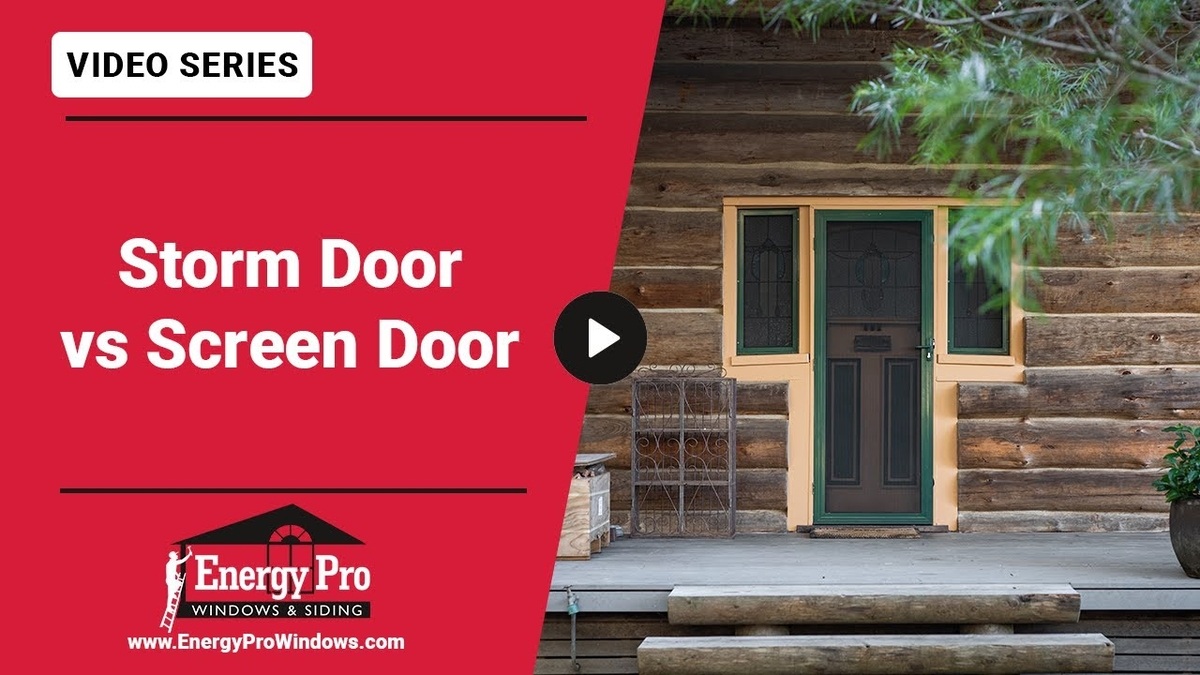How to Remove and Replace Rotted Siding
The first step in replacing rotted wood siding is to completely remove the damaged section. Unlike spot repairs, which might not address underlying issues, replacing the entire rotted area ensures that you eliminate all compromised wood. This process involves several key steps:
Step 1: Identify the Rotted Sections
Begin by carefully inspecting your siding to locate all the rotted areas. Wood rot is commonly found near the ground where moisture accumulates from rain, snow, and splash. Mark these sections for removal.
Step 2: Remove the Rotted Wood
Use a saw to cut out the rotted sections of the siding. It’s crucial to remove the entire affected area, not just the visibly damaged parts. Typically, we recommend cutting out at least a two-foot section to ensure all rot is removed. Be cautious while cutting to avoid damaging the underlying structure.
Step 3: Prepare the Replacement Material
For new construction in Kansas City, we often use structural 4×8 Smart panels, also known as SmartSide. These panels are durable and widely used by builders in the area. Cut the new siding material to fit the dimensions of the removed sections.
Step 4: Wrap with House Wrap
Before installing the new siding, wrap the exposed area with house wrap. This step is essential to provide an extra layer of moisture protection and improve the overall energy efficiency of your home. Secure the wrap tightly to prevent any gaps.
Dealing with Wood Rot
Wood rot occurs when wood is exposed to moisture over time. It weakens the structure and can lead to extensive damage if not addressed promptly. When replacing rotted wood siding, consider the following:
Understanding Building Codes and Siding Improvements
Building codes have evolved over the years to ensure better protection against wood rot. Many older homes lack proper sheathing under the siding, which can lead to structural issues. During our projects, we’ve encountered homes with only insulation or foam board beneath the siding. In such cases, it’s necessary to add structural sheathing before installing new siding to meet current building codes and provide adequate support.
Choosing the Right Siding Material
When replacing rotted wood siding, you have several material options. Each has its advantages depending on your specific needs:
- Fiber Cement: This material is highly durable, fire-retardant, and resistant to pests. It’s an excellent choice for areas prone to insect damage or fire hazards.
- Vinyl Siding: Vinyl offers low maintenance and can improve the insulation value of your exterior walls. It’s a cost-effective option that requires minimal upkeep.
Benefits of Modern Siding
Modern siding materials have advanced significantly, offering improved durability, insulation, and maintenance. Whether you choose fiber cement or vinyl siding, you can enjoy benefits such as:
- Enhanced Durability: Newer materials are designed to withstand harsh weather conditions and resist damage from pests and moisture.
- Improved Insulation: Many modern siding options include added insulation, helping to reduce energy costs and improve your home’s overall comfort.
- Low Maintenance: Unlike traditional wood siding, which requires regular painting and repairs, modern siding materials are designed to be low maintenance, saving you time and effort.
Importance of Siding Maintenance
Regular maintenance is crucial to extending the life of your siding and preventing future wood rot. Here are some tips to keep your siding in top condition:
- Inspect Regularly: Perform routine inspections to catch any signs of damage early. Look for cracks, peeling paint, or soft spots that indicate moisture intrusion.
- Clean Annually: Wash your siding at least once a year to remove dirt, mold, and mildew. Use a mild detergent and a soft brush or power washer on a low setting.
- Seal and Paint: Keep your siding sealed and painted to protect it from the elements. Touch up any areas where the paint has chipped or peeled to maintain a protective barrier.
In Summary
To maintain the integrity and appearance of your home, it’s crucial to replace rotted wood siding. By following our step-by-step guide, you can ensure a thorough and effective replacement process that will protect your home from further damage. Regular maintenance and timely repairs are key to extending the lifespan of your siding and preserving your home’s value.
If you have any questions or need professional assistance, don’t hesitate to contact us. We’re here to help you protect and enhance your home’s exterior.



